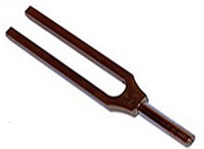


To keep your piano sounding its best, regular tuning is essential. Ideally, your piano should be tuned every six months. For new pianos, tuning three times within the first year ensures the instrument stabilizes properly. Once this initial phase is complete, twice-yearly tuning should be enough to maintain its pitch and performance.
Think of piano tuning like routine car maintenance—you wouldn’t skip scheduled service appointments, and your piano deserves the same care. Regular tuning keeps it in peak condition, preserving both its sound and value for years to come.
Most pianos are built to be tuned at A-440, the industry standard pitch. Older full uprights were originally tuned at A-435, but adjusting them to A-440 is a straightforward process. However, maintaining that pitch over time is another challenge. If a piano goes too long without tuning, its pitch may drop significantly—sometimes by a quarter-step or more. In such cases, a pitch raise is required. This process involves stretching all the strings back to A-440, followed by additional fine-tuning to ensure stability. Because pitch raises require extra work, they typically cost more than a standard tuning.
A Smarter Approach
The best way to keep your piano in great shape? Stick to a six-month tuning schedule. Regular maintenance ensures consistent sound quality while preventing costly repairs down the road. The combination of a committed piano owner and a skilled technician working on the same instrument over time creates the perfect formula for a well-tuned piano.